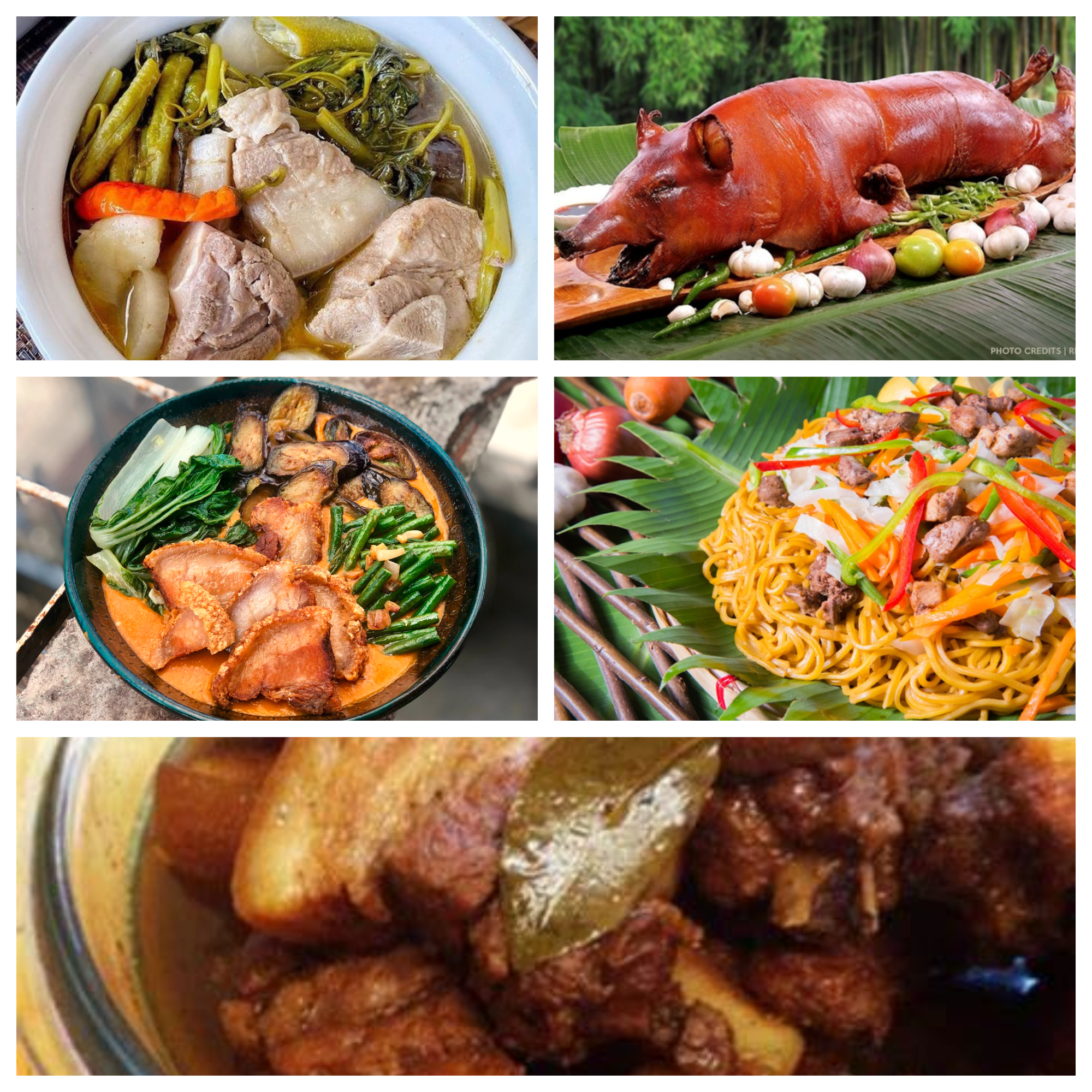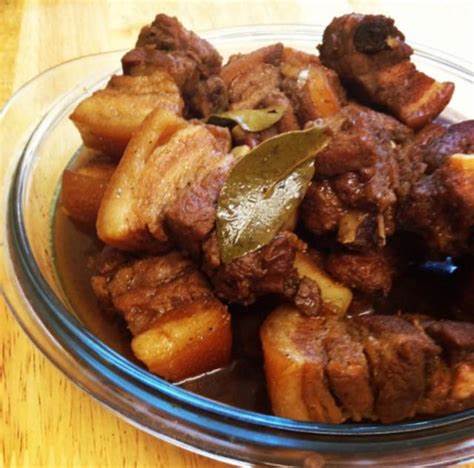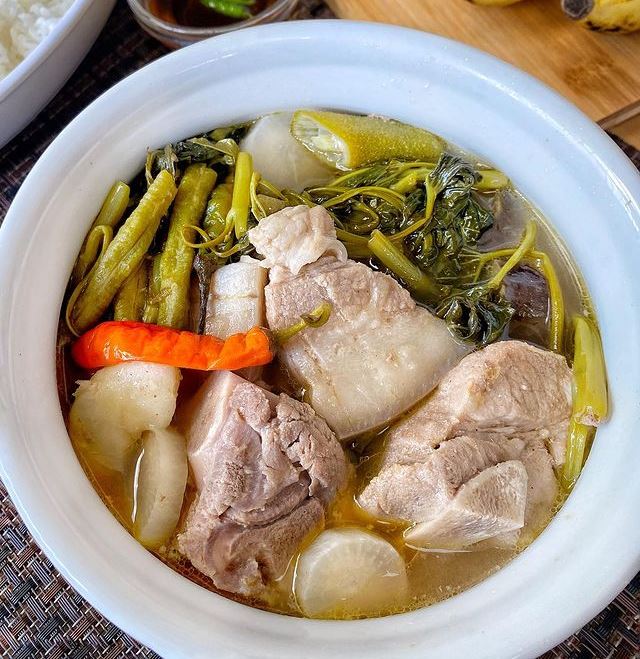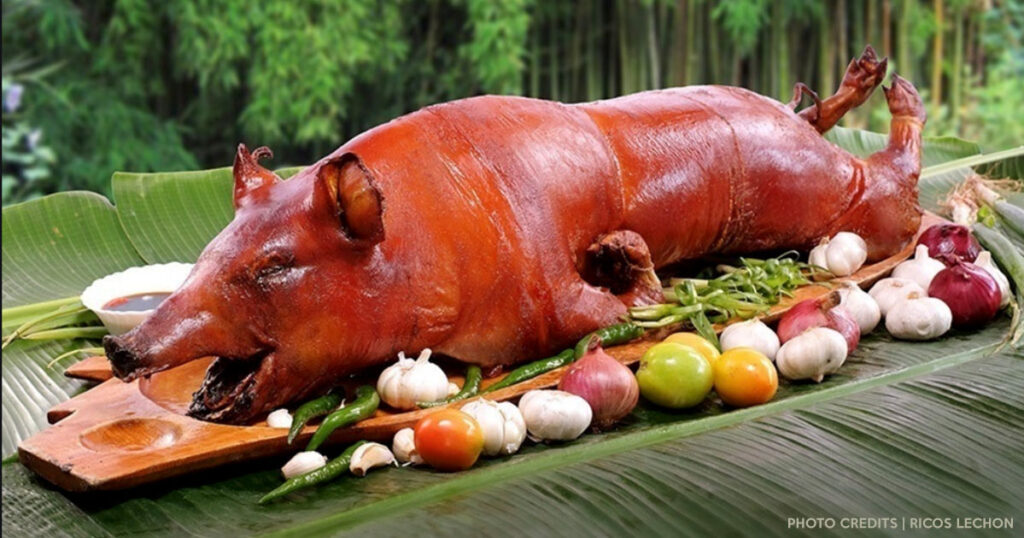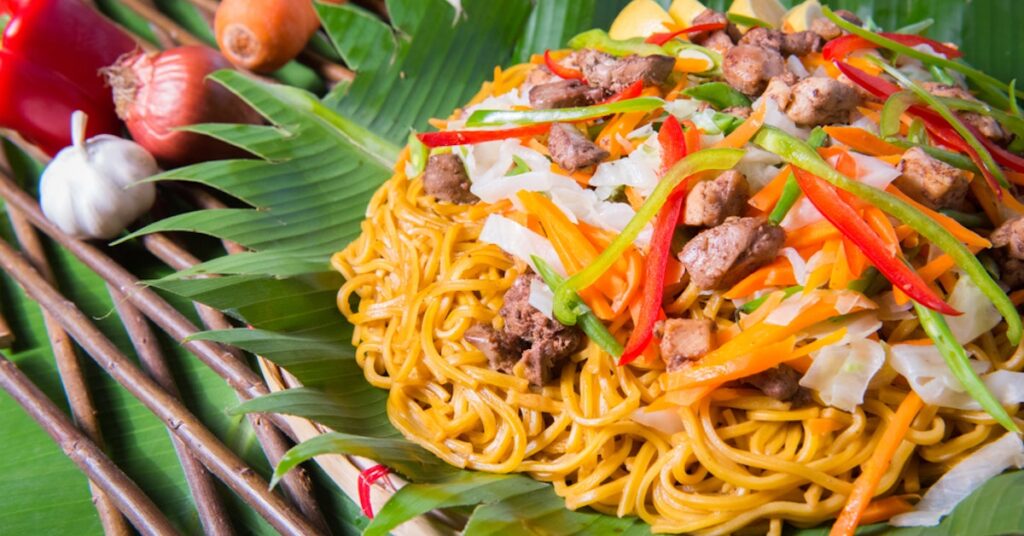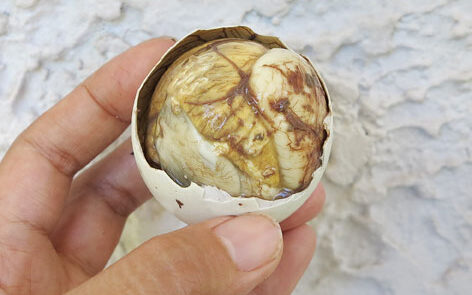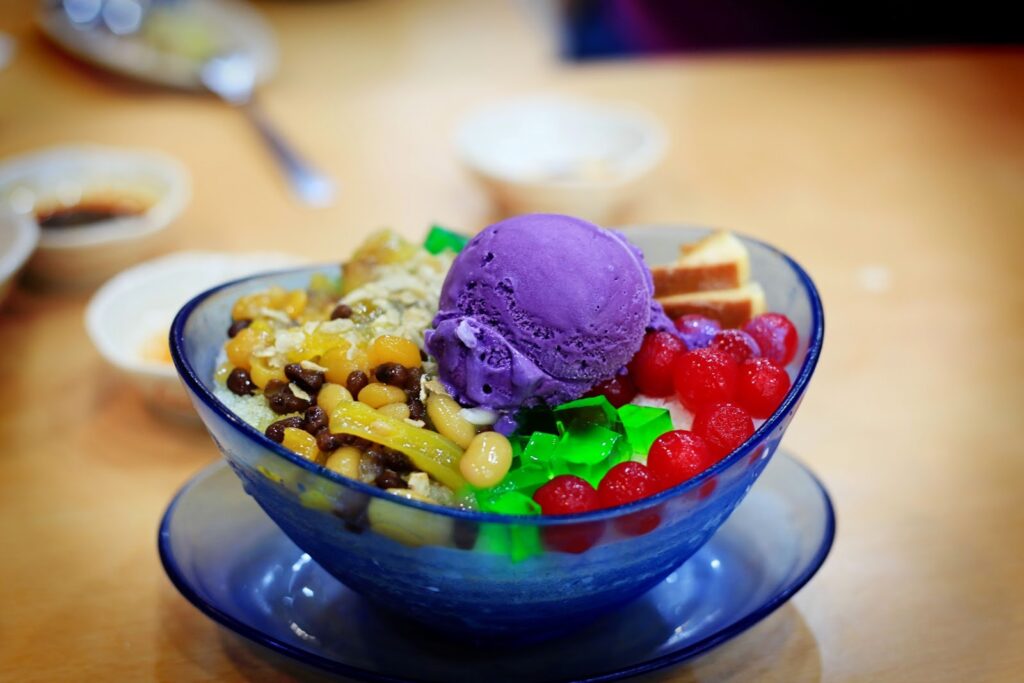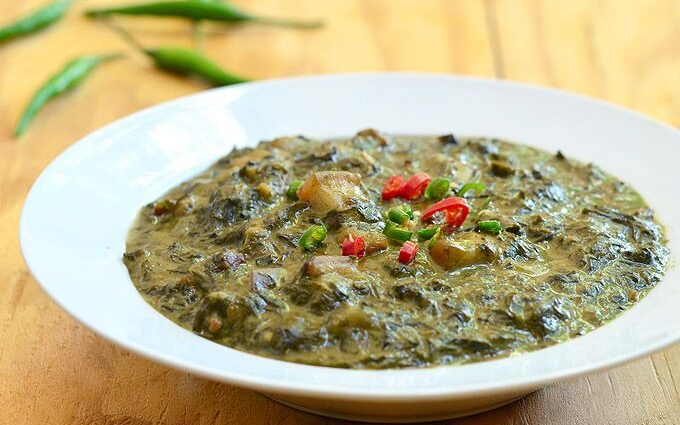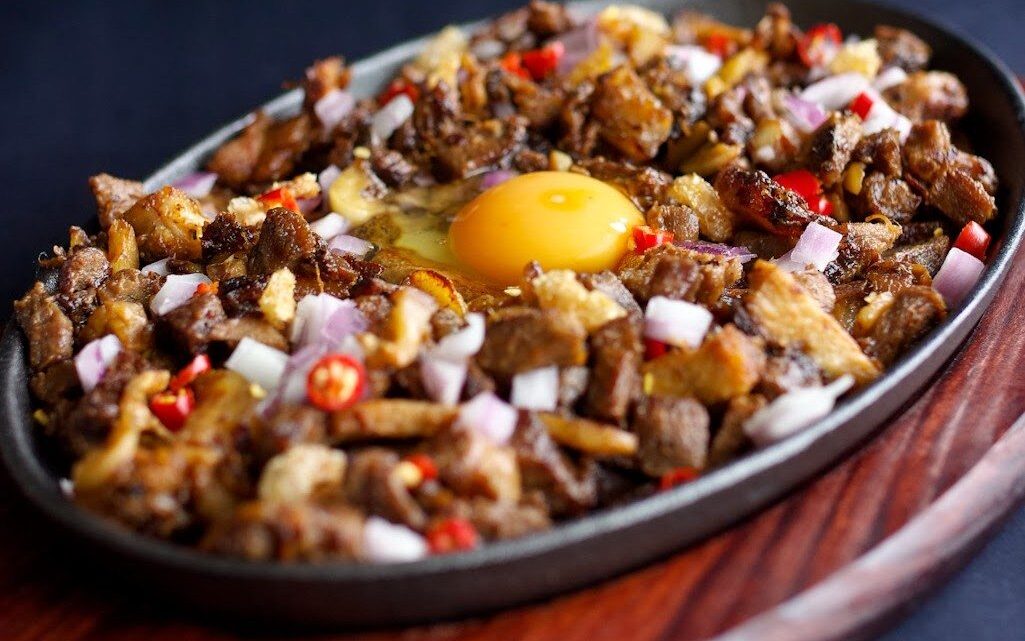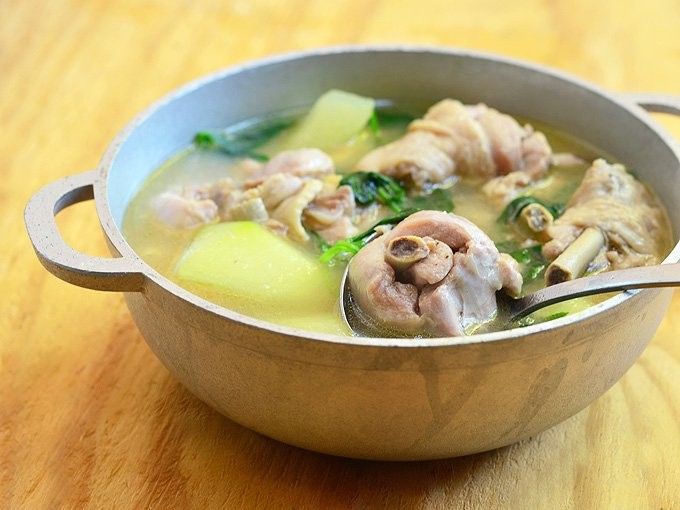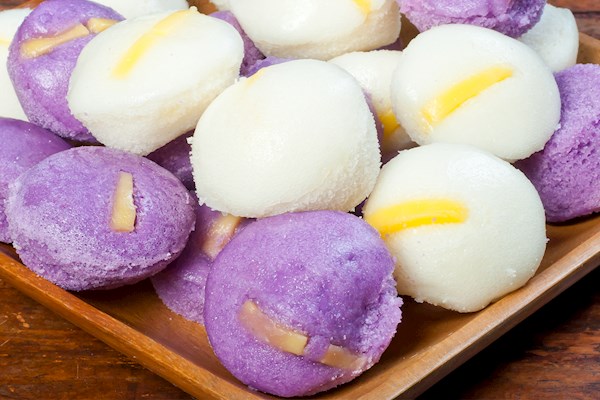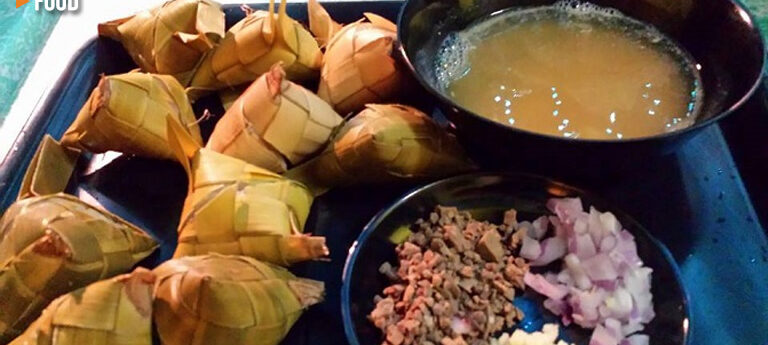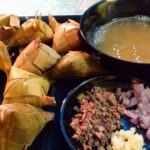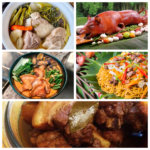In the world of gastronomy, few cuisines can boast the kind of diversity, flavor, and cultural richness found in Filipino food. As you embark on this culinary journey through the archipelago of the Philippines, you’ll discover a tapestry of tastes that reflect centuries of history, trade, and tradition. Filipino cuisine, passed down through generations, delights with a delightful array of flavors, from the bustling streets of Manila to the tranquil shores of Visayas.
Throughout this blog, we’ll navigate the cultural mosaic that flavors Filipino dishes, from the Spanish and Chinese influences in everyday meals to the exotic ingredients that make each region’s cuisine distinct. Discover and explore a few examples of the diverse and delicious Philippine cuisine. A must-try Filipino flavors when you visit Philippines.
Adobo: This is perhaps the most famous Filipino dish. It consists of meat (usually chicken or pork) marinated in a mixture of soy sauce, vinegar, garlic, bay leaves, and black peppercorns, then simmered until tender.
Sinigang: They used shrimp, pork or fish to make Sinigang. It gets its distinctive tangy flavor from tamarind or other souring agents like calamansi (a citrus fruit) or green mango.
A whole roasted pig, known as Lechon, frequently takes center stage at festive occasions. The skin is incredibly crispy, while the meat is tender and flavorful.
Kare-Kare: A Filipino oxtail stew made with a thick, savory peanut sauce. People typically serve it with vegetables and frequently pair it with shrimp paste (bagoong) to enhance the flavor.
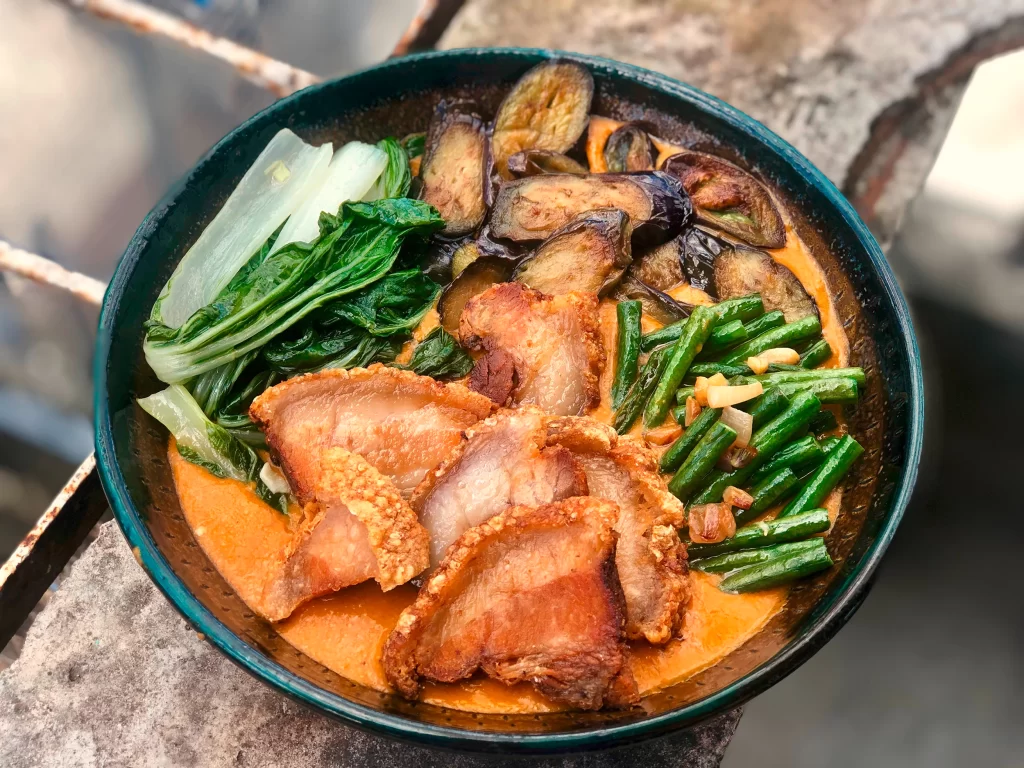
Pancit: Pancit refers to various types of Filipino noodles. Pancit Canton and Pancit Malabon are popular variations, stir-fried with a variety of ingredients such as vegetables, meat, and seafood.
Balut: This is a unique and somewhat controversial Filipino street food. Boil and eat it directly from the shell; it’s a fertilized duck embryo. It’s a delicacy for some and an acquired taste for others.
Halo-Halo: A popular Filipino dessert that translates to “mix-mix.” It’s a delightful concoction of crushed ice, sweetened fruits, jellies, and beans, topped with leche flan (caramel custard) and ube (purple yam) ice cream.
Laing is a dish from the Bicol region. Prepare it by cooking dried taro leaves in coconut milk with chili peppers and shrimp paste. It has a rich and spicy flavor.
Sisig: Sisig is a sizzling dish made from chopped pig’s face and ears, seasoned with spices, and often served on a hot plate. It’s a popular pulutan (beer snack).
Bicol Express: A spicy dish from the Bicol region, involves cooking pork or shrimp in coconut milk with chili peppers and shrimp paste.
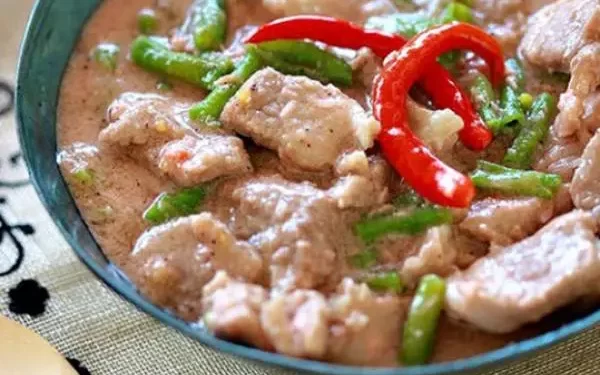
Tinola: A chicken soup flavored with ginger, garlic, and fish sauce. Frequently, it comes with a side of green papaya and chili leaves.
Puto, steamed rice cakes commonly served as a snack or dessert, come in various flavors and feature toppings such as cheese, salted duck eggs, or grated coconut.
These are just a few examples of the diverse and delicious cuisine you can find in the Philippines. Bold flavors and unique ingredient combinations characterize Filipino cuisine.
